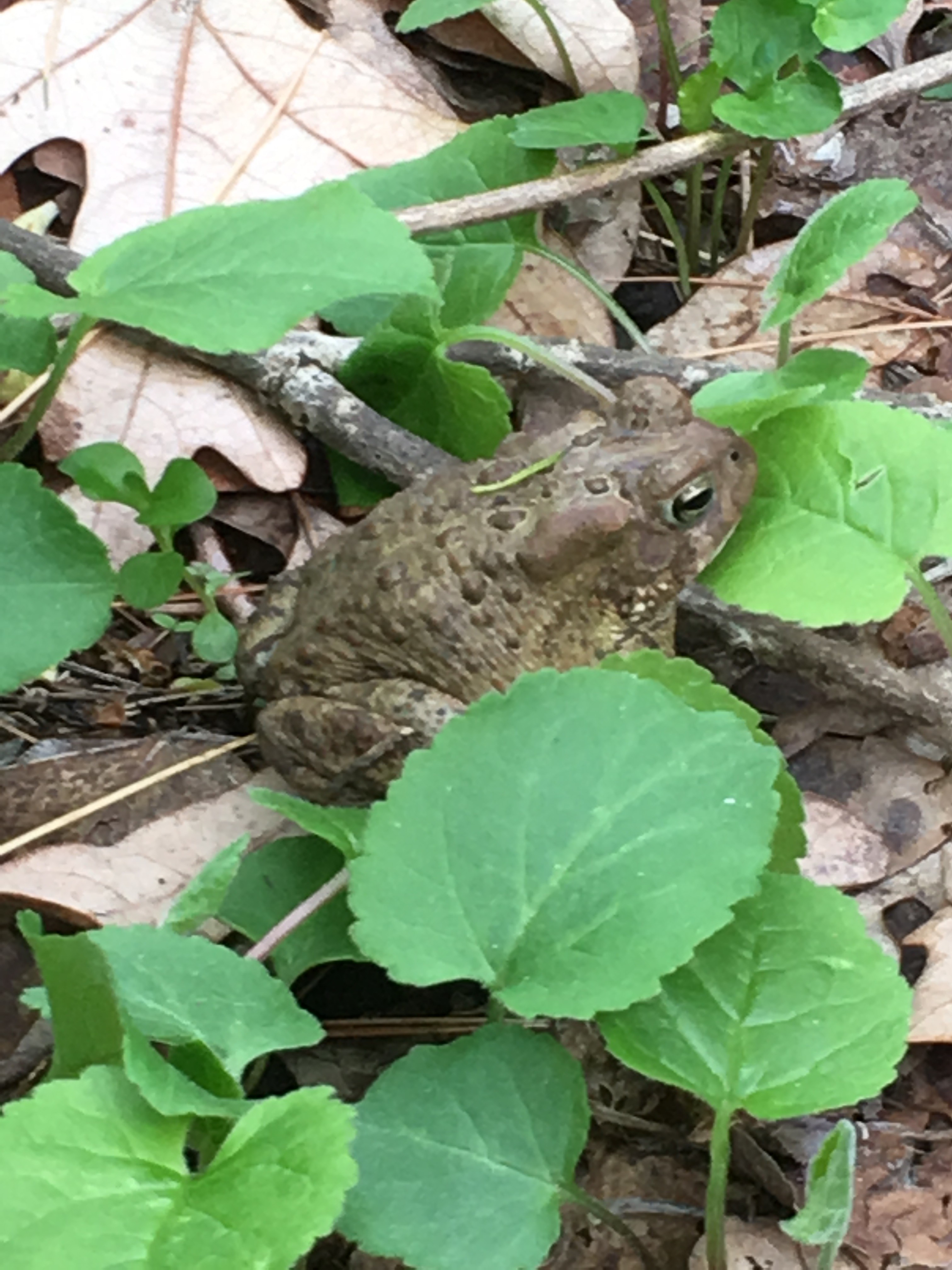Be happy in the moment, that’s enough. Each moment is all we need, not more.
Mother Teresa




Bee with Allium, Carolina Spicebush, Ninebark, and a little froggy friend
Something I’ve noticed in my early days of blogging, I am looking deeper into my garden than ever before. Of course, I’ve always spent a lot of time in the garden, especially around this time of the year, but looking for pictures to take and ideas to write about has increased my level of awareness drastically. As if I’m seeing the world through a different lens, this is a welcome surprise for someone with years of gardening experience. I find myself paying more attention not only to all my plants and their particular cycles, but also to pollinators in a way that is new and exciting to me.




Blue star with Rhododendron , bee with Bachelors Buttons and Blueberries and Chokeberry

Now I’m more observant of all helpful insects in my garden not just the butterflies that are always so delightful to watch. As I gain more appreciation of all pollinators and their vital role I’m investigating how I can do more to help them flourish. By planting native plants in my garden I am providing corridors between wild lands and urban areas for insects to thrive . This year has seen a huge uptick in the number of pollinators already present in my garden. Every time I go outside, I encounter dozens of bees. Watching the bumblebees maneuver their fat little bodies through the air to pollinate my blueberries, native honeysuckle, blue star, wild geraniums, columbine, false indigo, chokeberry and all my other early bloomers is a treat. Seeing their little pollen baskets filled with pollen is quite incredible. What an exuberance these creatures have for hard work. I have observed that most pollinators seem to gravitate towards the native plants, preferring them over the non-natives. It will be interesting to see if this trend continues throughout the growing season.

Even if you have a small yard adding just a few native plants or perhaps one large shrub like serviceberry (Amelanchier) or a few choice perennials like false indigo (Baptisia), Blue star (Amsonia Hubrichtii) or Asters can give pollinators the corridors they need to thrive . Don’t forget our native grasses and sedges that can work wonders for both variety for the human eye and a smorgasbord to pollinators. Whatever you do go outside and enjoy the wild world right outside your own front door.